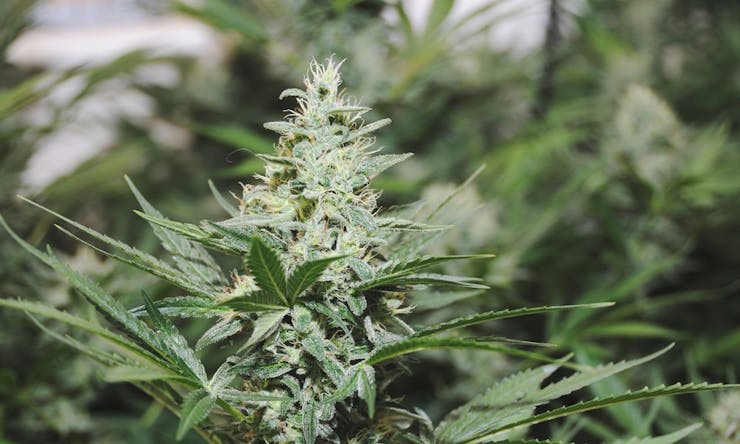We live in ironic times: a plant that’s been labelled criminal and dangerous is providing unrivaled relief for a variety of symptoms and conditions. Cannabis strains bring a colorful variety of medicinal effects, but when confronted with the question of how consuming marijuana could possibly be good for you, not everyone knows how to respond.
This brief look at cannabis chemistry is meant to arm you with a basic knowledge of how cannabis affects the brain and body. Not only will you better understand your medicine, you’ll be able to educate others about why cannabis can truly be an effective remedy for patients suffering a myriad of ailments.
What are Cannabinoids?
One hefty word that belongs in every medical marijuana patient’s vocabulary is cannabinoid. Cannabinoids (e.g., THC and CBD) are the chemical compounds secreted by cannabis flowers that provide relief to an array of symptoms including pain, nausea, anxiety, and inflammation. These work their medicinal magic by imitating compounds our bodies naturally produce, called endocannabinoids, which activate to maintain internal stability and health. To put a complex system simply, they mediate communication between cells, and when there is a deficiency or problem with our endocannabinoid system, unpleasant symptoms and physical complications occur.
When cannabis is consumed, cannabinoids bind to receptor sites throughout our brain (receptors called CB-1) and body (CB-2). Different cannabinoids have different effects depending on which receptors they bind to. For example, THC binds to receptors in the brain whereas CBN (cannabinol) has a strong affinity for CB-2 receptors located throughout the body. Depending on a cannabis product’s cannabinoid profile, different types of relief are achievable.
This concept is the cornerstone of cannabis as medicine, and the results are so promising that these cannabinoids have been synthesized for legal prescription use. Some synthetic cannabinoid medications include Marinol, Nabilone, and Rimonabant. While these synthetic forms are effective, research shows that herbal cannabis contains a far wider variety of therapeutic compounds.
Cannabis contains at least 85 types of cannabinoids, many of which have documented medical value. Products and strains have been developed to deliver larger doses of different cannabinoids, so knowing which types best treat your symptoms is a handy piece of knowledge to bring to your next dispensary visit.





